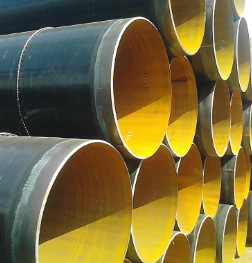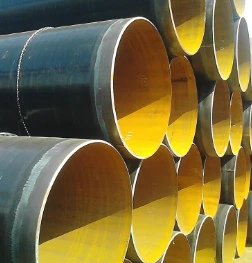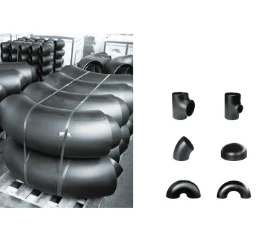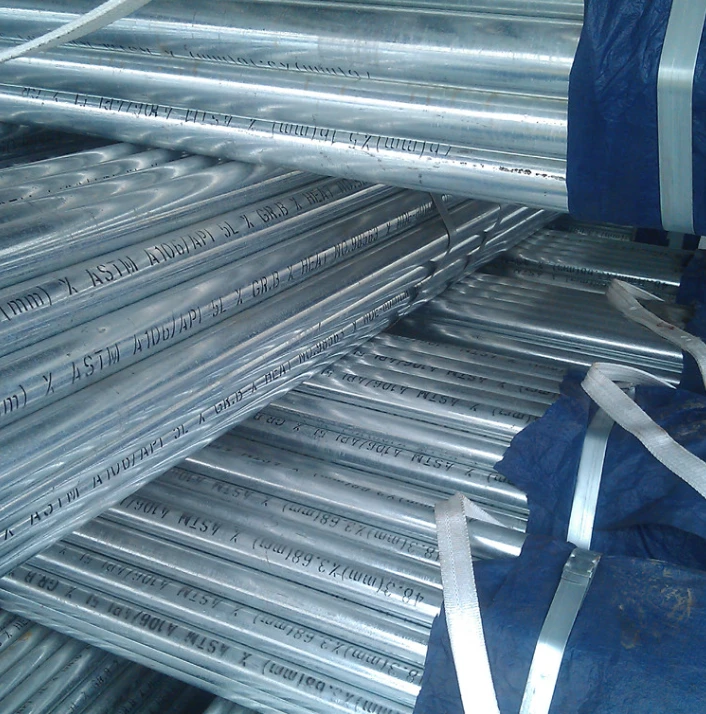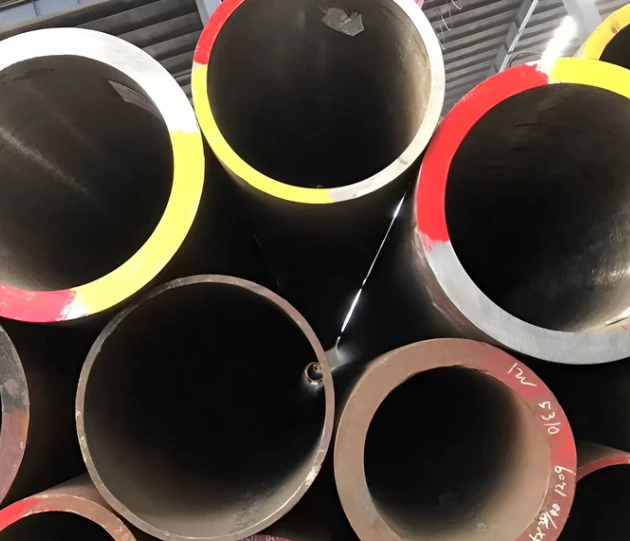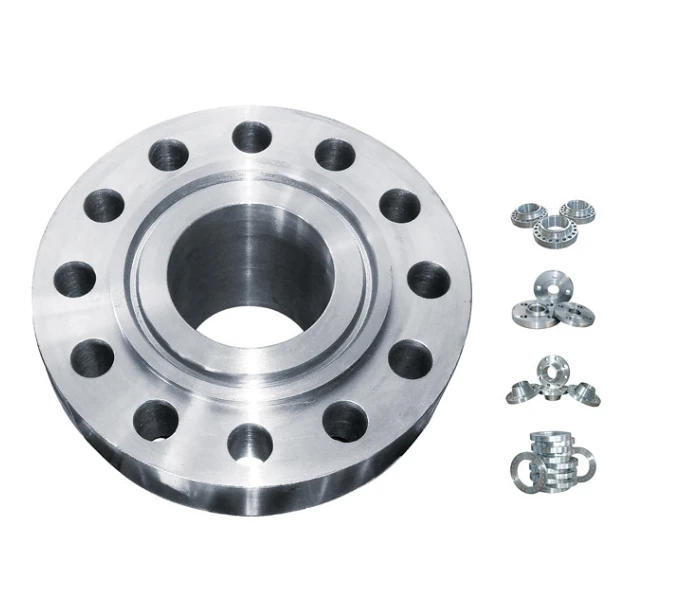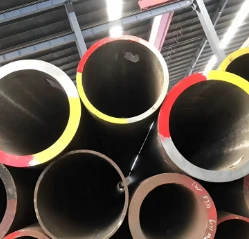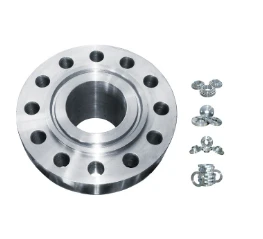In today’s dynamic construction industry, types of steel structure play a pivotal role in shaping skylines, supporting infrastructure, and creating durable, cost-effective buildings. Thanks to steel’s unparalleled strength-to-weight ratio, flexibility, and sustainability, it remains the material of choice for projects ranging from high-rise office towers to industrial warehouses and residential complexes.
The main types of steel structure include framed structures, truss structures, and tension structures. Framed structures, composed of beams and columns, are ideal for multi-story buildings because they efficiently carry both vertical and lateral loads. Truss structures, which use interconnected triangles, are perfect for wide-span applications like bridges, airport hangars, and sports arenas. Tension structures, relying on tensile forces rather than compression, create striking architectural forms seen in stadium roofs and exhibition halls.
Selecting the right types of steel structure is essential for project success. Each offers unique benefits based on the intended use, environmental conditions, and design ambitions. Modern innovations, such as prefabricated modules and hybrid systems combining steel with other materials like concrete or timber, further broaden the design possibilities and enhance construction efficiency.
By understanding the wide range of types of steel structure, architects and builders can better tailor their designs to meet both functional and aesthetic goals, delivering projects that stand the test of time.
The Enduring Advantages of Using a Steel Structure in Construction
Choosing a 钢结构 for construction projects offers multiple advantages that traditional materials simply cannot match. The qualities that make steel a preferred choice include strength, speed of construction, cost-effectiveness, design flexibility, and sustainability.
First and foremost, steel offers exceptional strength while remaining relatively lightweight. A 钢结构 can bear immense loads without massive foundations, which reduces both time and material costs. Additionally, steel’s ductility—the ability to deform under stress without breaking—makes it highly resilient against natural disasters like earthquakes and hurricanes.
Speed is another critical benefit. With advances in prefabrication and modular construction, a 钢结构 can be manufactured off-site, transported, and quickly assembled on location. This minimizes disruption, labor costs, and weather-related delays, allowing projects to stay on schedule and within budget.
Cost efficiency also plays a major role. Although steel can have a higher initial material cost compared to wood or concrete, the reduced labor, shorter project timelines, and lower maintenance requirements make it a more economical choice in the long run.
Moreover, a 钢结构 provides exceptional design flexibility. Architects can create long, open spans without the need for intermediate columns, offering freedom in interior layouts and achieving modern, innovative designs.
Finally, steel is highly sustainable. Most steel used in construction is recycled, and steel structures themselves can be easily deconstructed and repurposed at the end of their life cycle. This circular economy approach supports global environmental goals and adds value to green building certifications.
All these advantages solidify the 钢结构 as a foundation of modern construction practices worldwide.
Finding the Best Steel Buildings for Sale: What You Need to Know
With growing demand across sectors like agriculture, manufacturing, and commercial real estate, there has never been a better time to explore steel buildings for sale. However, making the right purchase requires careful evaluation of several key factors.
First, understand the purpose of the building. Different steel buildings for sale are designed for varied applications, whether as storage warehouses, retail outlets, office spaces, or agricultural barns. Clarifying your needs will guide you toward the right size, layout, and structural specifications.
Second, assess the quality of materials and construction. Look for steel buildings for sale made from high-grade, corrosion-resistant steel. Features such as galvanized coatings, robust fasteners, and engineered reinforcements ensure the building will withstand environmental challenges over the years.
Customization options are equally important. Many reputable suppliers offer flexible floor plans, optional insulation packages, customizable doors and windows, and aesthetic finishes like colored panels or architectural trims. Choosing a customizable building ensures it fits perfectly with your operational requirements and brand identity.
Pricing transparency is another essential consideration. Reliable dealers provide detailed quotes that include material costs, delivery, optional installation, and potential additional fees. Hidden charges or vague pricing terms should raise red flags.
Finally, verify warranties and after-sales service. Top providers of steel buildings for sale offer comprehensive warranties on materials and workmanship, along with responsive customer support to handle any issues that may arise post-purchase.
Doing your homework ensures you secure a steel building for sale that meets your needs, protects your investment, and supports your long-term operational success.
Technological Innovations Transforming Steel Structure Design and Construction
The evolution of technology has significantly enhanced the capabilities of the 钢结构 industry. Today’s innovations are enabling smarter, faster, and more sustainable construction practices than ever before.
One major development is Building Information Modeling (BIM). BIM allows architects, engineers, and contractors to create digital representations of a 钢结构, complete with precise details about materials, timelines, and costs. This promotes better collaboration, reduces errors, and streamlines the construction process.
Another breakthrough is 3D printing. While still emerging, 3D printing technologies are beginning to produce small-scale 钢结构 components, offering unprecedented design freedom and reducing material waste.
Robotics and automation are also playing a larger role. Automated fabrication lines can now produce beams, columns, and trusses with extreme accuracy, minimizing human error and boosting production speeds. On-site robotic assembly is also being trialed in some cutting-edge projects.
Sustainability initiatives are equally noteworthy. Advanced manufacturing processes now use less energy and produce fewer emissions, while green building certifications push the industry toward ever more eco-friendly practices. Recycled steel content in 钢结构 projects is rising, supporting a circular economy that minimizes environmental impact.
Smart materials are also entering the scene. Innovations like self-healing coatings and temperature-adaptive steel alloys promise to extend the lifespan and performance of future steel structures even further.
Through these technologies, the 钢结构 industry continues to push boundaries, meeting the complex demands of modern society while ensuring efficiency, durability, and environmental stewardship.
Making the Right Investment in Steel Buildings for Sale
When considering steel buildings for sale, it’s crucial to approach the investment strategically to maximize value and performance. The right choice can offer decades of reliable service, low maintenance costs, and strong resale value.
Start by identifying reputable vendors specializing in steel buildings for sale. Research their track record, customer testimonials, and portfolio of completed projects. A credible vendor will provide clear information, comprehensive customization options, and thorough support from design through installation.
Next, prioritize quality over cost alone. While it might be tempting to choose the lowest-priced option, lower-cost steel buildings for sale often compromise on material thickness, protective coatings, or structural integrity, leading to higher maintenance expenses and shorter building lifespans.
Another consideration is compliance. Ensure that any steel buildings for sale you consider meet local building codes, zoning regulations, and environmental standards. A building that is fully compliant from the outset avoids costly legal issues and delays.
Financing options should not be overlooked. Some suppliers offer attractive financing packages that make acquiring a steel building for sale more accessible, preserving your working capital for other investments.
Lastly, think long-term. A scalable, easily expandable steel building for sale can grow alongside your business needs, providing greater return on investment and flexibility to adapt to future changes.
A wise investment in a steel building for sale is not just about meeting today's needs—it’s about securing a resilient, versatile asset that will support your operations for years to come.
钢结构 常见问题解答
What are the different types of steel structure commonly used?
There are several types of steel structure commonly used, including framed structures (ideal for high-rises), truss structures (used for large-span roofs), and tension structures (suitable for lightweight, innovative designs). Hybrid structures combining steel with concrete or timber are also gaining popularity for their performance and aesthetic benefits.
Why should I choose a steel structure over traditional materials?
Opting for a 钢结构 offers numerous advantages, such as superior strength-to-weight ratio, faster construction times, excellent design flexibility, and higher sustainability. Unlike wood, steel is non-combustible and resistant to pests, while offering longer lifespans with less maintenance compared to concrete.
What factors should I consider when buying steel buildings for sale?
When evaluating steel buildings for sale, consider your specific use case, quality of materials, customization options, vendor reputation, warranty offerings, and compliance with local building codes. It's crucial to focus not just on price but also on long-term performance, durability, and adaptability.
Are steel buildings environmentally friendly?
Yes, modern steel buildings for sale are highly environmentally friendly. Steel is one of the most recycled materials globally, and the production of steel has become more energy-efficient over time. Many steel buildings incorporate recycled content and are designed for easy disassembly and reuse, supporting a circular economy.
How long do steel structures typically last?
A well-designed 钢结构 can last 50 years or more with minimal maintenance. Factors like protective coatings, proper drainage systems, and adherence to maintenance schedules can significantly extend a steel building’s lifespan, ensuring it remains functional and visually appealing for decades.
Post time: 5 月 . 13, 2025 15:08










